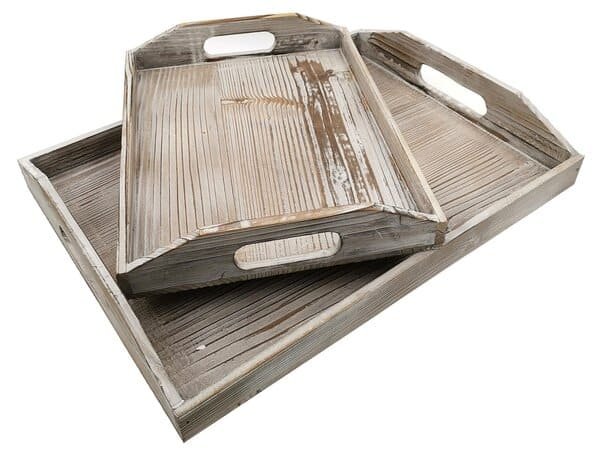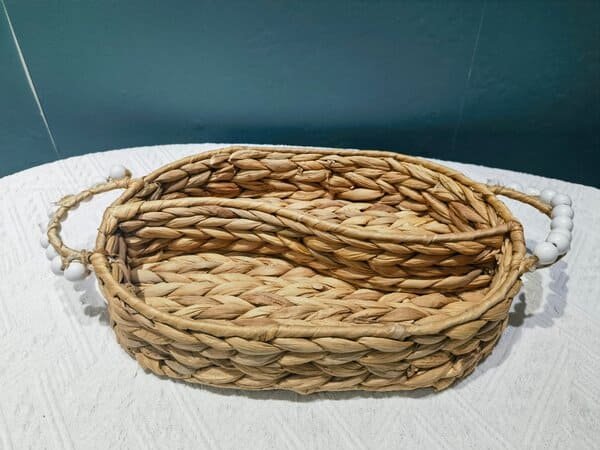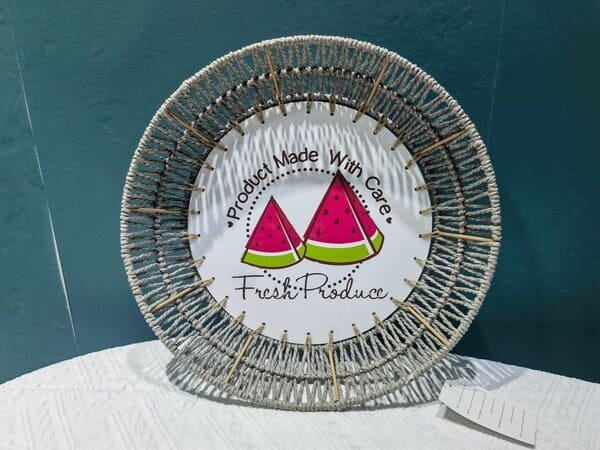
A tray is a flat, shallow container designed for carrying or organizing items. It serves as a helpful tool in both serving and displaying.
Trays come in many types, from serving to decorative, offering functionality for every need.
Ready to learn more about trays and how they can improve your space? Keep reading!
What Kinds of Trays Are There?
Trays vary in design, materials, and function. There are serving trays1, decorative trays2, and organizing trays3, each serving a distinct purpose.
From organizing kitchen items to displaying décor, trays can be both practical and stylish in every home.

- Serving Trays: These are used to carry food, drinks, or other items from one place to another. They typically have handles for easy carrying.
- Storage Trays: Primarily used for organizing small items like office supplies, cosmetics, or kitchen tools. These trays often feature compartments for easy categorization.
- Decorative Trays: Used for displaying decor items like candles, plants, or jewelry. These trays add elegance and structure to a room’s decor.
- Baking Trays: A type of serving tray designed specifically for holding baking goods, such as cupcakes or muffins, while still being easy to carry.
Common Tray Materials
| Material | Pros | Cons |
|---|---|---|
| Wood | Natural look, sturdy, versatile | Heavy, may get scratched |
| Metal | Sleek, modern, easy to clean | Can rust over time |
| Plastic | Lightweight, inexpensive | May look cheap, less durable |
| Glass | Elegant, transparent, easy to clean | Fragile, prone to breaking |
What Are Some Ways to Use Trays?
Trays offer many uses beyond just serving food. They can help with organization or even be used as decorative pieces.
Trays can be used in every room of the house, from serving food to holding small accessories or decorating spaces.

- Serving Food and Drinks: The most common use for a tray is serving meals or drinks. Whether it’s breakfast in bed or drinks at a party, trays make it easier to transport items.
- Organizing Small Items: Use trays in the kitchen to store utensils, in the bathroom to hold toiletries, or on a desk for office supplies.
- Decorating: Decorative trays are used to display candles, flowers, or other small decorative items. They create a neat, aesthetically pleasing display.
- As a Centerpiece: A tray can be used as a base for a table centerpiece. Group candles, flowers, or art pieces on it for a cohesive look.
- For Outdoor Activities: Trays are handy for picnics or barbecues, helping carry snacks, drinks, or utensils to the outdoor dining area.
Practical Tray Uses
- Kitchen: Organize fruit, condiments, or snacks.
- Living Room: Place remotes, magazines, or decorative items.
- Bedroom: Serve breakfast in bed or store personal items like jewelry and cosmetics.
How to Choose the Perfect Serving Tray for Your Home?
When choosing a serving tray, consider material, size, and design to ensure it fits your space and needs.
A perfect serving tray matches both your functional needs and your home’s aesthetic style.

1. Material
- Wood: Ideal for a rustic or traditional look. Wood trays are sturdy and offer a warm, natural feel but may require more care.
- Metal: For a sleek and modern touch. Metal trays are durable, easy to clean, but can be heavy or prone to rust.
- Plastic: A lightweight, affordable option. Plastic trays are often more flexible in design but less durable.
- Glass: Elegant and stylish, glass trays can be perfect for displaying items or for formal occasions. However, they can break easily.
2. Size
The size of your tray depends on what you plan to use it for. A small tray is perfect for carrying a drink, while a large tray is better for serving meals. Be mindful of the tray's capacity to fit the space where you intend to use it.
3. Design Style
Your tray should complement your home decor. If you have a minimalist style, consider a simple metal tray. For a farmhouse or rustic look, a wooden tray would work better. Always choose a tray that enhances your space rather than detracts from it.
4. Function
If you're using the tray primarily for serving, go for a sturdy option with handles. For organizing, a tray with dividers or compartments is ideal. If you plan to use it for decor, choose a tray that fits your style and size preferences.
5. Budget
Trays range from affordable plastic options to high-end designer pieces. Set a budget that fits your needs. Remember, a functional and durable tray doesn't have to break the bank.
Conclusion
When choosing a tray, think about material, size, design, function, and budget. A well-chosen tray enhances both the look and practicality of your space.

